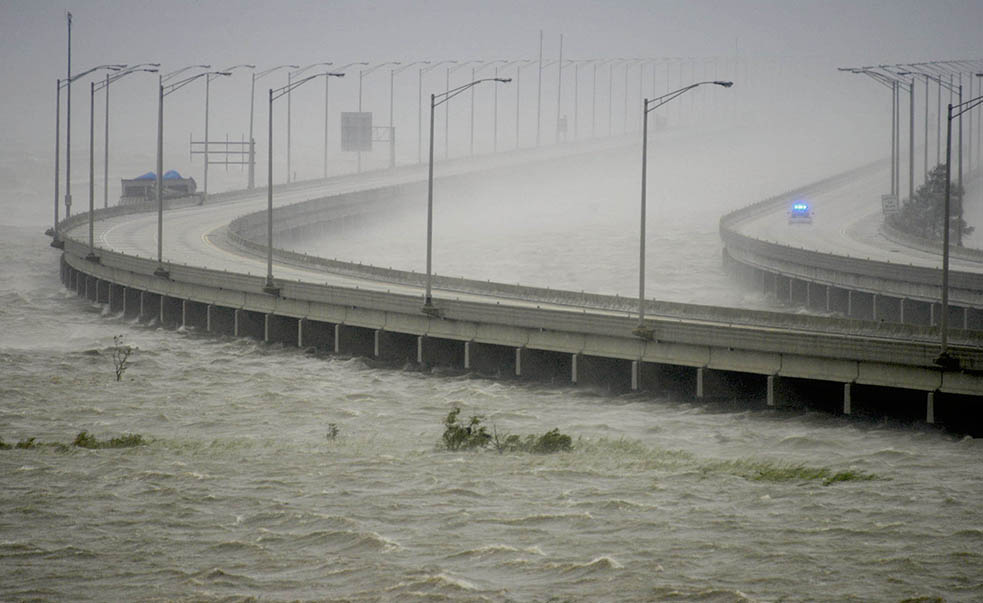While inherent interoperability challenges in our nation’s communication infrastructure have been a lingering issue for years, it was not until significant events such as 9/11, Hurricane Katrina and the Boston Marathon bombings that these problems really became magnified. Marty Lamb, Senior Vice President of Technology Development at Rajant, took a retrospective look at the current state our communication infrastructure in his post “Mobile Dependence is Crippling Disaster Response.”
The key takeaway: Despite numerous government initiatives and investments to improve our communication infrastructure over the past decade, many of the same network availability and interoperability issues still exist today. This, coupled with emergency responders’ overdependence on mobile devices and commercially available cellular technologies, begs the question — is our communication infrastructure in fact more vulnerable than it was pre-9/11?
While this notion certainly seems unimaginable, the bottom line is that stalled efforts by the U.S. National Telecommunications and Information Administration to develop a nationwide public safety radio spectrum called First Net, along with shrinking municipal budgets, have made it substantially more difficult to ensure wireless connectivity for emergency responders in large-scale disaster response situations.
However, a number of innovative, forward-thinking U.S. cities are taking matters into their own hands by deploying reliable, cost-effective wireless technologies, like mesh networking, to help solve these issues.
Take for example, the City of Houston — one of the largest metropolitan areas in the United States, and acknowledged by Forbes and Kiplinger magazines as a “best city” for business and quality of life — has begun taking steps to remedy this problem. In an effort to improve public safety, Houston officials set out to install a video surveillance system linked to a central command to enable faster dispatch of law enforcement and emergency response teams. They quickly realized, however, that there were some significant technical and financial challenges to overcome.
While Department of Homeland security funding covered costs for project deployment and installation, finding a solution with limited recurring costs not covered by the grant was a high priority. Installing fiber was initially considered, but the associated costs of installing a connected, IP video surveillance were well into millions of dollars. Houston also evaluated more conventional wireless technologies like point-to-point, but was not able to reliably scale across multiple geographic locations with high-bandwidth connectivity.
In an effort to avoid these heavy up-front costs, the City eventually turned its attention to wireless mesh networking technologies. The cost/benefit analysis was immediately apparent with a savings of about 50 percent on just the installation costs alone. Additionally, because wireless mesh allows for total ownership of the solution, the City was able to avoid the costly recurring fees associated with each location — minimizing any negative impact to City budgets and ultimately taxpayers.
According to ASMAG, by utilizing wireless mesh Houston was able to rapidly deploy a high broadband network of 134 cameras at 134 downtown intersections allowing first responders in Houston to centrally monitor activity in the downtown area from a command center 24/7. With the ability to view live video feeds, it provides more virtual eyes on the streets and enables faster dispatch of officers where and when they are needed. And since wireless mesh networks are not deployed over commercially available 4G wireless networks such as AT&T or Verizon, emergency response teams are better able to share critical intelligence, including voice, video and data applications in real-time.
With an increasing number of other U.S. cities, such as Dallas, New York City and Atlanta now successfully deploying wireless mesh technologies to address challenges in the public safety communication network, this technology is increasingly becoming the backbone of our nation’s smart “connected” cities. We believe the deployment of these networks is a significant step in the right direction toward eliminating the communications issues that have sprung up in the past decade. 🖉













